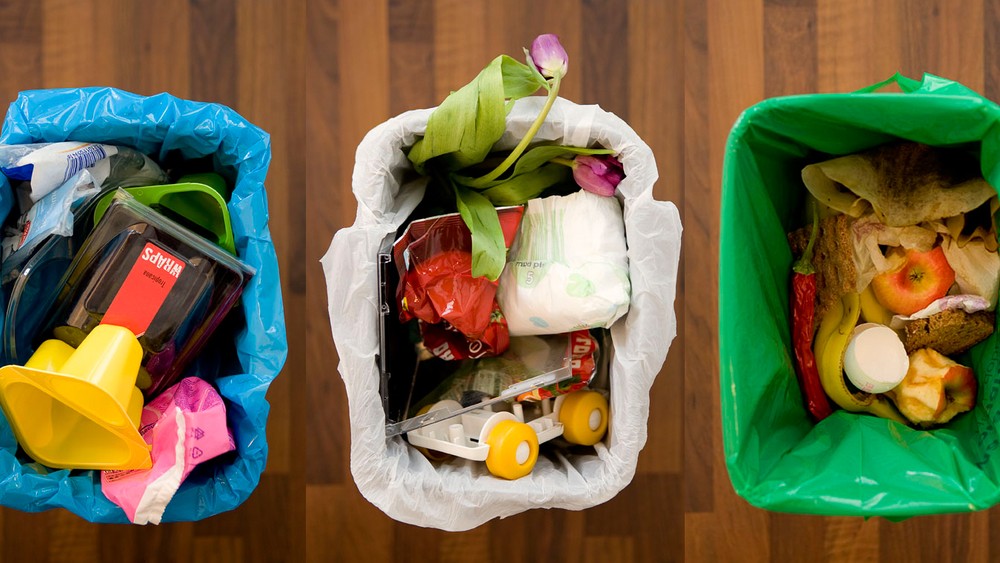Oslo’s recent household waste analysis shows 38 kilos avoidable food waste per inhabitant/year
The City of Oslo has a recycling system where residual waste, food waste (green bags) and plastic packaging (blue bags) are disposed of in the same container. The waste is then separated in optical sorting plants where green and blue bags are sent for material recycling and residual waste is sent for energy recycling. Since the introduction of this system in 2012, a waste analysis has been carried out to document how the system works, and to target actions to improve material recycling. The goal is a 65% material recycling of waste by 2030.
Food waste is an important topic in the FUSILLI project, and the 12 cities involved will implement innovative food waste actions, aiming for prevention and reduction of food waste and turning it into bio-based products. How to improve logistics will also be considered.
Oslo’s waste analysis 2021 shows that the people of Oslo have eaten more at home during the Covid-19 pandemic, resulting in more food waste in green bags:
„There are two good reasons why we want much more food waste in a green bag. More sorted food waste means that we can make even more biogas and biofertilizer. The food waste that is not sorted in a green bag ends up in the residual waste and goes to incineration and food waste requires a lot of energy to burn. That‘s not good for the environment“, says Kjersti Kristoffersen, chief of communication in Oslo’s Agency for Waste Management.
Key findings from Oslo’s waste analysis 2021:
- 50 % of food waste is sorted correctly.
- 45,3% % of food waste is considered avoidable – 38 kilos per inhabitant.
- A clear predominance of food waste in green bags consists of non-usable food waste, whilst in the residual waste there is more avoidable food waste than non-usable food waste.
- 99,7 % of food waste is in residual waste and green bags, while only 0.3% ends up in blue bags.
- The total share of avoidable food waste is estimated to be 45.3 % of food waste. Of this, 27.6 % is in residual waste, 17.5 % in green bags and 0.2 % in blue bags.
- A great deal of the avoidable food waste found in the residual waste is packaged food, preferably from cleaning out cupboards, freezers and such.
- It is normal for households not to separate avoidable food waste from the packaging, and thus throw everything in the residual waste.
- Other similar analyses have indicated that approximately one third of avoidable food waste in residual waste may be packaged food waste.
- Since most of the avoidable food waste is disposed of in the residual waste, a reduction in the amount of avoidable food waste will also in all probability increase the sorting rate for food waste.
Oslo is one of 12 cities participating in FUSILLI, working to implement sustainable food through innovative participatory methods such as Living Labs. Oslo is the capital of Norway and has ambitious goals to transform public meals and food habits in the city, including minimising food waste.
Oslos waste analysis 2021 (In Norwegian)
Author: Line Tveiten, City of Oslo

Oslo waste sorting system (Credits: Agency for Waste Management, City of Oslo)

Food waste in green bag (Credits: Agency for Waste Management, City of Oslo)

Many green bags (Credits: Agency for Waste Management, City of Oslo)

Oslo waste analysis (Credits: Agency for Waste Management, City of Oslo)
